Have you ever considered yoga as a practice for overall well-being? Maybe you’ve opted out because you the idea of trying to knot yourself up into challenging poses didn’t inspire excitement but I assure you, yoga is so much more then the Westernized exercise program we’ve made it out to be.
Yoga is a holistic discipline that unites the body, mind, and spirit, offering numerous benefits:
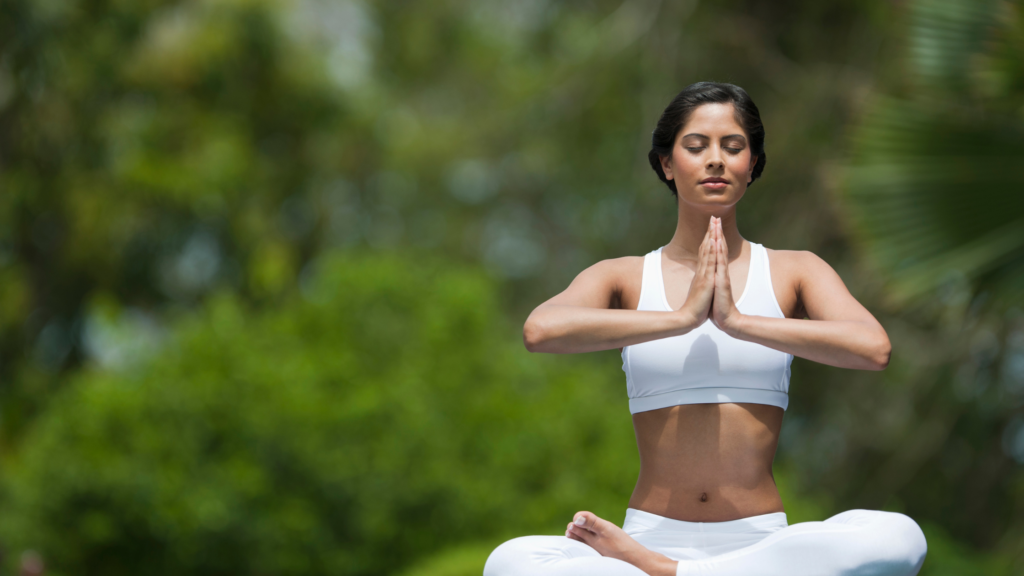
Physical Benefits:
- Improves flexibility, strength, and balance
- Enhances cardiovascular health
- Boosts metabolism
- Promotes weight management
Mental Benefits:
- Reduces stress, anxiety, and depression
- Provides space for self-reflection and introspection
- Enhances concentration and focus
- Cultivates a positive outlook on life
Additional Benefits:
- Improves sleep patterns
- Achieves harmony in both physical and mental realms through the integration of mind, body, and breath
Yoga is a holistic discipline that unites the body, mind, and spirit which makes it a powerful tool for optimal health and inner peace..
So let’s explore the transformative power of yoga and its positive impact on overall well-being which can make for a happier, healthier you!
The Physical Benefits Of Yoga

As we briefly touched on, engaging in regular yoga practice can have numerous physical benefits that put many different aspects you and your body in harmony.
One of the primary advantages when most people think of yoga, is improved flexibility, strength, and balance.
Yoga helps to lengthen and loosen muscles, tendons, and ligaments, resulting in increased range of motion and improved joint health. This is one reason it would be beneficial for a weight lifter to include it in their weekly routine.
Additionally, yoga builds strength by utilizing body weight resistance, leading to stronger muscles and improved posture. As you progress in your practice, you’ll notice improved muscle tone and a more balanced physique.
Yoga also promotes better balance and coordination as it involves holding poses that challenge stability and awareness, lest we fall over on our enlightened faces.
The practice of yoga is gentle on the body, making it suitable for people of all fitness levels and all ages. However, by incorporating controlled breathing techniques, yoga enhances lung capacity and oxygenation, benefiting overall cardiovascular health and paving the way for a healthier heart and a vibrant life.

And there’s even better news! For those seeking to manage their weight, regular yoga practice can aid in weight loss by increasing metabolism and promoting healthy digestion.
Furthermore, as we embrace regular yoga practice, our connection with our bodies deepens. This heightened awareness allows us to identify areas of tension or discomfort and work on releasing them. Pairing that with yoga’s emphasis on proper alignment and posture aids in correcting imbalances within your body, relieve strain on joints, and improve overall body mechanics.
All of these physical benefits of yoga work together to create a strong, flexible, and vibrant body that supports an active and fulfilling lifestyle.
The Mental Benefits Of Yoga

When it comes to the magic of yoga, we often think of its physical wonders – the flexibility, strength, and balance gained. However, yoga offers even more of a wealth of advantages for mental well-being. The heart of which lies one of yoga’s primary gems – stress reduction.
Through a trio of powerful tools: deep breathing techniques, relaxation, and mindfulness, yoga activates the body’s relaxation response and helps to lower stress levels. This holds true for western yoga of performing poses as a means of exercise and the eastern yoga which first focuses on meditation.
By engaging in yoga/meditation regularly, you can experience decreased anxiety, improved mood, and a greater sense of calm and tranquility.
This is because the practice of yoga cultivates mindfulness- a practice that opens the door to being fully present, free from judgment.
This heightened awareness allows you to observe your thoughts and emotions without becoming overly attached to them, promoting both emotional resilience and mental clarity.
Additionally, yoga can be an effective tool for managing symptoms of depression. The combination of physical movement, breathing techniques, and meditation in yoga releases endorphins– the feel-good hormones– and boosts serotonin levels, which are associated with improved mood and reduced depressive symptoms.
As someone who has both depression and anxiety, when I start getting in a bit of a state, my sweet husband is usually the first to gently ask me if I’ve be keeping up with my practice lately. The answer is usually, “oops” but that’s a good sign because it’s an easy fix to get back on track and back to feeling while again.
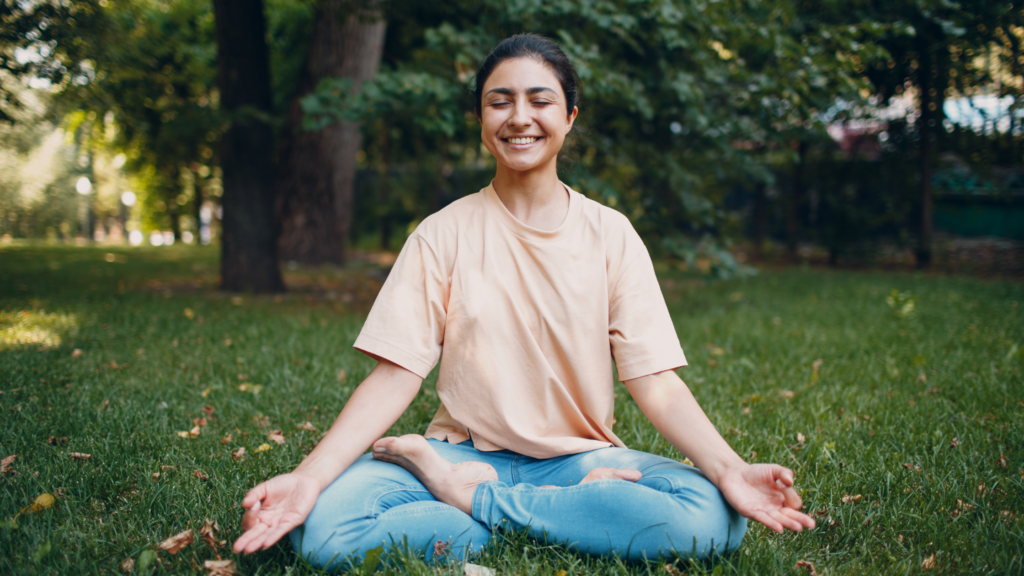
Yoga also provides a space for self-reflection and self-care, allowing you to prioritize your well-being.
Regular yoga practice has been linked to improved sleep quality, increased focus and concentration, enhanced self-confidence, and a greater overall sense of peace. By nurturing the mind-body connection, yoga empowers you to find inner peace, balance, and a positive outlook on life.
BONUS TIP: Aromatherapy is one of my favorite ways to enrich my mind-body connection and boost my yoga experience. I prefer essential oils like lavender, eucalyptus and peppermint that enhance focus and relaxation but there are a handful of options to choose from that you may find that you enjoy more so it’s always fun to explore new scents. To incorporate aromatherapy into your yoga sessions, consider a variety of essential oil diffusers or even essential oil rollers for direct application. My personal favorites are the ASAKUKI Smart Wi-Fi Essential Oil Diffuser and the INFUSEU Aromatherapy Necklace. The wi-fi enabled diffuser has a timer that is perfect for a timed yoga session or just before bedtime. With its sleek design and multiple misting modes, it’s a great addition to any yoga space.
Different Types Of Yoga And Their Benefits
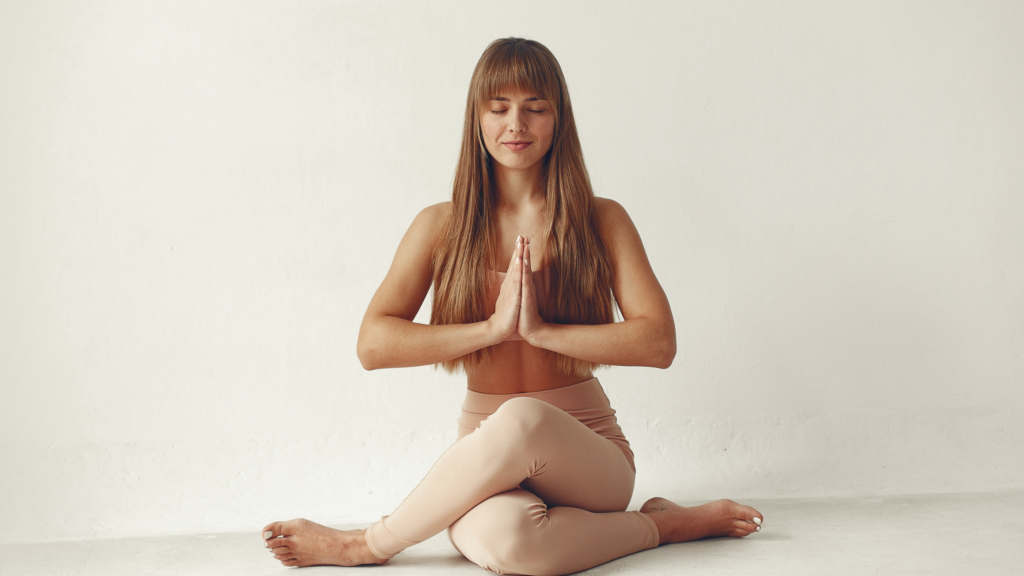
Yoga is a diverse practice that offers a variety of styles, each with its own unique benefits. These various styles of yoga cater to different preferences and goals, allowing you to choose the practice that aligns best with your needs and desired benefits.
Ultimately, the beauty of yoga lies in its ability to cater to the diverse needs and preferences of your journey at all stages of life. Whether you seek physical fitness, stress relief, spiritual growth, or a combination of these, there is a yoga style available to support their journey. By exploring different styles, you can find the practice that aligns best with your goals and desires, enhancing your overall well-being and bringing harmony to their body, mind, and spirit.
- Hatha yoga, one of the most widely practiced forms and a crowd favorite, focuses on physical postures (asanas) and breath control (pranayama). Hatha yoga is often seen as a gentle and introductory practice, making it suitable for beginners or those seeking a more relaxed approach. It helps improve flexibility, balance, and overall strength while promoting a sense of calm and relaxation.
- Vinyasa yoga, characterized by flowing movements and synchronized breath, offers cardiovascular benefits, builds endurance, and enhances overall fitness. This style packs a punch as it’s a popular choice if you’re seeking a physically challenging and energizing practice.
- Restorative yoga involves passive, gentle postures supported by props, promoting deep relaxation and stress relief. With its emphasis on supported postures, extended holds, and deep relaxation, restorative yoga offers a unique avenue if you’re looking to find solace, reduce stress, and restore balance to their bodies and minds.
- Kundalini yoga will tap into your spiritual side by combining movement, breathwork, and chanting, aiming to activate the energy centers in the body. Kundalini yoga aims to balance the chakras (the main energy centers in your body), enhance self-awareness, and promote spiritual growth.
- Bikram or hot yoga takes place in a heated room, which can increase flexibility and detoxification. The heat aids in increasing flexibility and detoxification while intensifying the cardiovascular and strength-building aspects of the practice. Bikram yoga enthusiasts appreciate the cleansing and invigorating effects of this style.
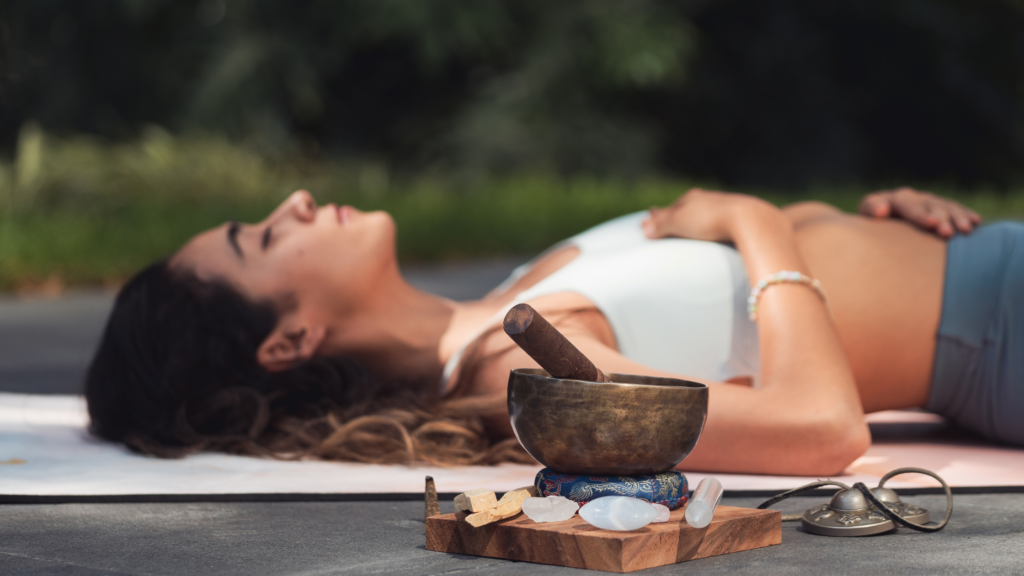
Tips For Incorporating Yoga Into Your Routine
In our fast-paced, modern lives, it’s easy to get caught up in the constant demands and distractions, leaving us feeling disconnected from ourselves. Yoga provides a sanctuary, a dedicated space to reconnect with your body, breath, and inner wisdom. Incorporating yoga into daily life is a way to prioritize self-care and nurture your overall well-being. Here are some fun and practical tips to help you start integrating yoga into your busy schedule:
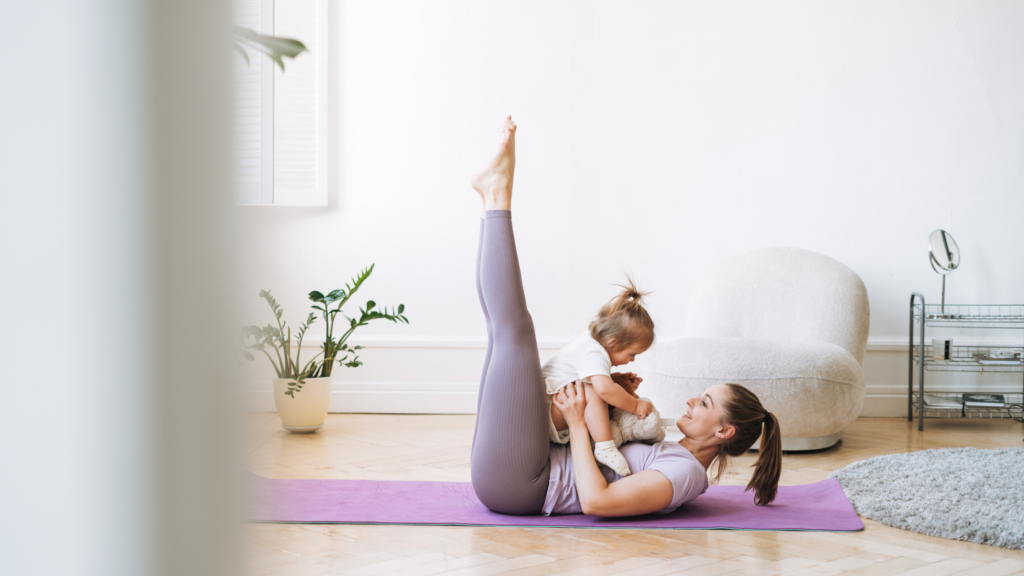
Start the Mental Side of Yoga with Guided Mediations on Youtube:
Mediation is a practice in and of itself but focusing your mind and energy on guided mediation is a much easier place to start since you don’t have to think about anything enlightening or try to completely quiet your mind. With the building to-do lists that would never have worked for me. Listening to someone else guide you through the experience still allows you to turn your mind inward and almost off. For a more yoga-centric meditation start with a guided practice to balance your chakras.
Start the Physical Side of Yoga with a Beginner-Friendly Class or Tutorials:
Look for a local class specifically designed for beginners. These typically provide step-by-step instructions, slower-paced sequences, and modifications for various levels of flexibility. Starting with a beginner-friendly approach will help you build a strong foundation, prevent potential injuries and allow you to be a beginner without putting too much pressure on you to “keep up”, A teacher may even walk the room to gently correct postures,.

Start with a Realistic Commitment:
Begin by setting realistic goals for yourself. Saying you’re going to commit to your practice every day right out the gate is rarely something any one can fulfill when starting a new habit. Start with a manageable frequency, such as practicing yoga two or three times a week, and gradually increase the frequency as you become more comfortable and confident. Consistency is key when establishing a yoga routine, so find a rhythm that works for you and stick to it. Most people who have a long history with yoga eventually do get to practicing everyday and will tell you the have to. It’s that important to their life and peace.
Combine Yoga with Other Activities:
Yoga doesn’t have to be confined to your mat! Look for creative ways to integrate yoga into your everyday activities. For example, you can practice breathing exercises during your commute, incorporate standing poses while brushing your teeth, or end your day with a few minutes of mindful meditation.

Invest in Your Practice:
There are tools that provide comfort, stability, and support to your practice whether you’re practicing at home or attending classes. Now, is having your own mat and props necessary right out the gate? No.
However when you’re ready, having them can empowers you to personalize your practice, deepen your understanding of the poses, and experience the transformative benefits of yoga. Or you may feel more inclined to pursue your practice if you make the initial investment.
Here are the most common yoga tools when you’re beginning your journey:
- Yoga mat: Find one that feels like a cozy cloud beneath your feet, providing the perfect foundation for your practice. A thicker mat is worth the investment if you opt to get your own.
- Comfy Yoga pants: Treat yourself to a pair of yoga pants that make you feel unrestricted during your practice. I prefer loose pants with tapered ends so I don’t have to fidget with them underfoot or up my…. yeah, during class.
- Yoga blocks : These versatile props help you modify poses and provide support whenever you need it. They’re like your yoga companions, always there to lend a helping hand.
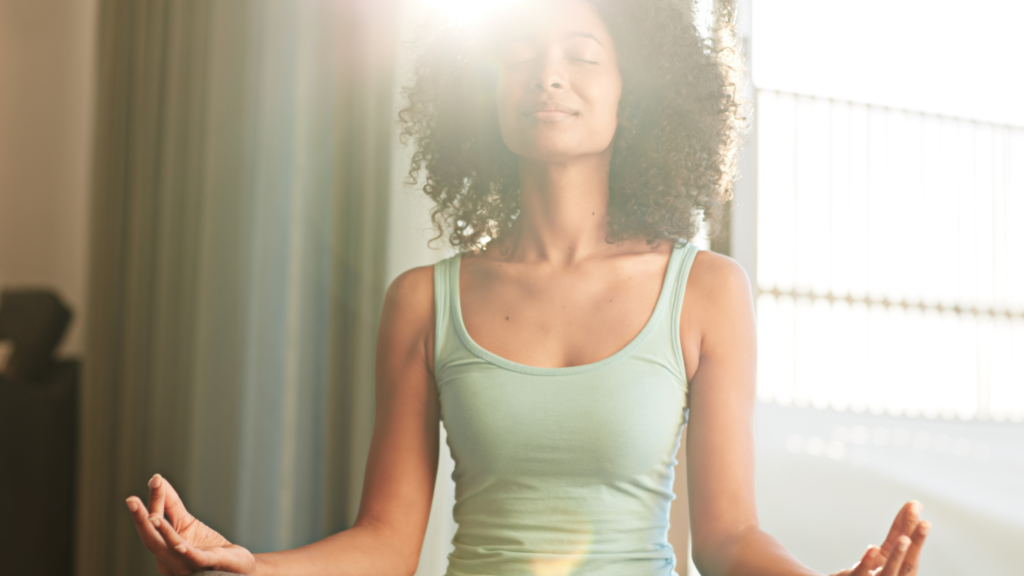
Be Gentle with Yourself:
Yoga is a personal and transformative journey that requires patience and self-compassion. Avoid comparing your practice to others, let them inspire your instead. Everyone started out as a beginner.
Ultimately, the transformative power of yoga lies in its ability to integrate the physical, mental, and spiritual aspects of your being. It encourages self-care, self-compassion, and self-discovery. Through consistent practice, you can tap into your inner strength, cultivate balance, and experience a profound sense of harmony within yourself and with the world around you.
You are capable, you are deserving, and you are worthy of the transformative power of yoga.

* We’re proud affiliates for some of these products, meaning if you click a link for a product and make a purchase, we earn a small commission at no extra cost to you. Our recommendations are based on deep experience with and knowledge of these companies and their products, and we recommend them because they are genuinely helpful and useful.

